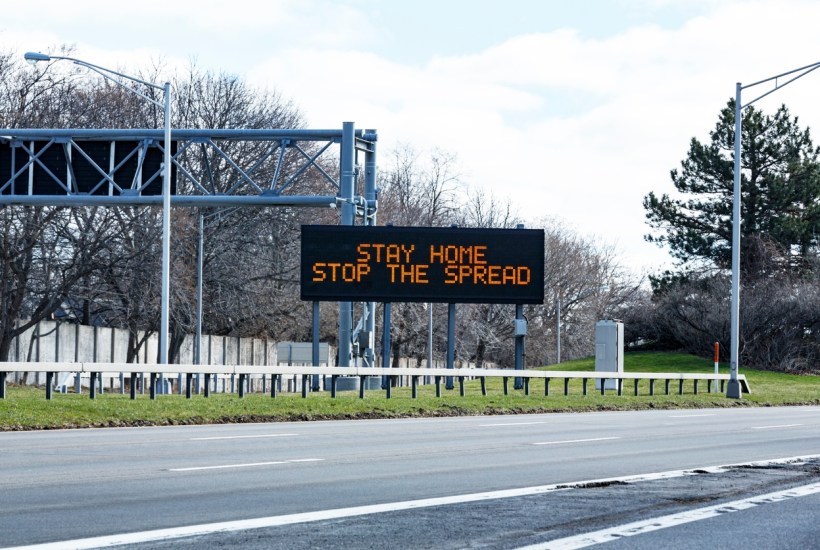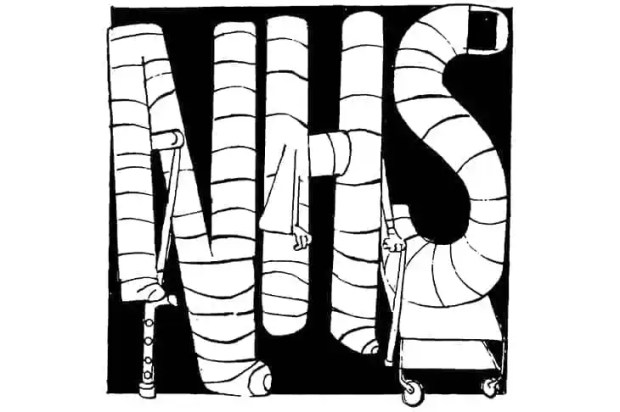The next big event in the saga (I choose my words carefully) of our Covid-19 lockdown is the preliminary results in early May of the Office for National Statistics (ONS)/University of Oxford survey to find out who has had the virus.
Officials and ministers hope this will help them to judge how far the current social-distancing rules have depressed the rate of viral transmission, or the notorious ‘R0’ – which is the estimated number of people infected by a person who is infected.
The point is that ministers, advised by the chief medical officer and chief scientific adviser, have decided they can modify – though not end – lockdown when R0 is close to 0.5.
This would mean that it would take two infected people to pass the virus on to another person (as a statistical average, not as a pincer movement, if you see what I mean).
When the rate of transmission is as low as that, any evidence of a flare-up in infections could be detected and suppressed again, before the rate of transmission increased to a degree that threatened the ability of the NHS to cope.
So if the R0 remains stubbornly close to one, then there won’t be an easing of lockdown conditions, because there would be a fear that the epidemic could surge out of control at any moment.
Of course the other preconditions of easing lockdown are that:
1) Testing capacity and practice hit the twin targets of 100,000 tests per day by the end of the month
2) The NHS’s app for automatically notifying who an infected person has been in contact with during the preceding few days is out of beta testing and on our smart phones
3) The health secretary has succeeded in recruiting the 3,000 clinicians and 15,000 lay ‘tracers’, who will track, trace and test those an infected person may have been in contact with.
I can’t tell you whether any of that is grounds for optimism that life may be on course to return to something that feels a bit more normal in the middle of next month: it all hinges on what the Oxford University and ONS survey reveals.
These are anxious times.
Got something to add? Join the discussion and comment below.
Get 10 issues for just $10
Subscribe to The Spectator Australia today for the next 10 magazine issues, plus full online access, for just $10.





















Comments
Don't miss out
Join the conversation with other Spectator Australia readers. Subscribe to leave a comment.
SUBSCRIBEAlready a subscriber? Log in